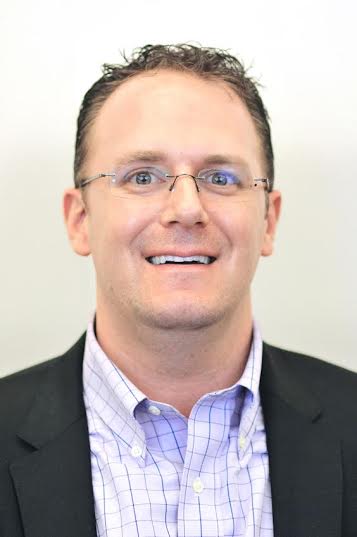Acing patient satisfaction surveys is a sort of Holy Grail for hospitals and health systems, especially as patient satisfaction scores are increasingly tied into pay-for-performance programs.
Adam Blomberg, MD, the national education director of Sheridan Healthcare's anesthesia division, says most patients — excluding a few, like new mothers — come into the hospital because they have a medical issue, so besides striving for complete satisfaction, hospitals should simultaneously "strive to decrease dissatisfaction."
Earlier this year, Dr. Blomberg laid out three proven ways to boost patient satisfaction and HCAHPS scores. Here, he shares four specific points hospitals can hone in on to improve satisfaction scores in two specific areas: clinical and patient flow.
Clinical areas
1. While noting post-op nausea and vomiting as an extremely common experience for surgical patients, Dr. Blomberg calls it "one of the single greatest dissatisfiers" for patients. The most important thing physicians can do to limit PONV's effect on an HCAHPS survey is communicate. Physicians should let patients know PONV is a possibility, but also that they will do everything in their power to limit its effect, such as following evidence based guidelines for high risk patients. "If [patients] are aware PONV might happen, they don't have unreal expectations and aren't setting themselves up for being dissatisfied," Dr. Blomberg says.
2. Post-op pain is also a major source of discomfort — and therefore dissatisfaction — for patients. Of course, there are steps physicians can take to limit post-op pain, including epidurals, nerve blocks, or non-narcotic medications. But many pain drugs also have side effects, like constipation or drowsiness, so, similar to PONV, a large part of limiting dissatisfaction here is setting accurate expectations. "If you tell people they're not going to have pain, that's an unrealistic expectation. Patients with unreal expectations are set up for dissatisfaction," he says.
Patient flow areas
3. Many times, if a surgeon has two or three operations in a day, he or she will have each of the patients come in at the same time in the morning. That way, if the first case was canceled, the next patient is already there. However, that approach can cause dissatisfaction for the second and third patients, who likely haven't eaten due to their surgery and are forced to spend hours in an uncomfortable waiting room. The solution for this is simple, says Dr. Blomberg: stagger patients' arrival times.
Some surgeons say staggering arrival times decreases efficiency, because if the first case does cancel, everyone's time is wasted waiting for the next patient to arrive. But Dr. Blomberg says this can be solved by taking steps to prevent day-of-surgery cancelations. "Departments need to work together…to coordinate care days out" from surgery, he says. That way, if a patient is missing a clearance and is at risk of being cancelled, he or she can be scheduled later in the day instead of being the first case.
4. Multiple pre-operative tests may also lead to low satisfaction scores. Traveling to multiple sites on different days to complete pre-op tests can be time consuming and stressful for patients and their families, but those tests may not always be necessary for them to complete. Therefore, physicians can work to cut back unnecessary tests. "If a low-risk patient is having a low-risk surgery, he doesn't need every test that a high risk patient may need," says Dr. Blomberg. This, too, can be achieved through more coordinated care, he says. Communicating with the patient and his or her other physicians can possibly eliminate some testing from that patient's pre-op checklist.
Ultimately, decreasing dissatisfaction in these four areas comes down to achieving two main things: great physician-patient and family communication to set realistic expectations and more coordinated care. If providers do this successfully, they will likely be rewarded with higher HCAHPS scores.

